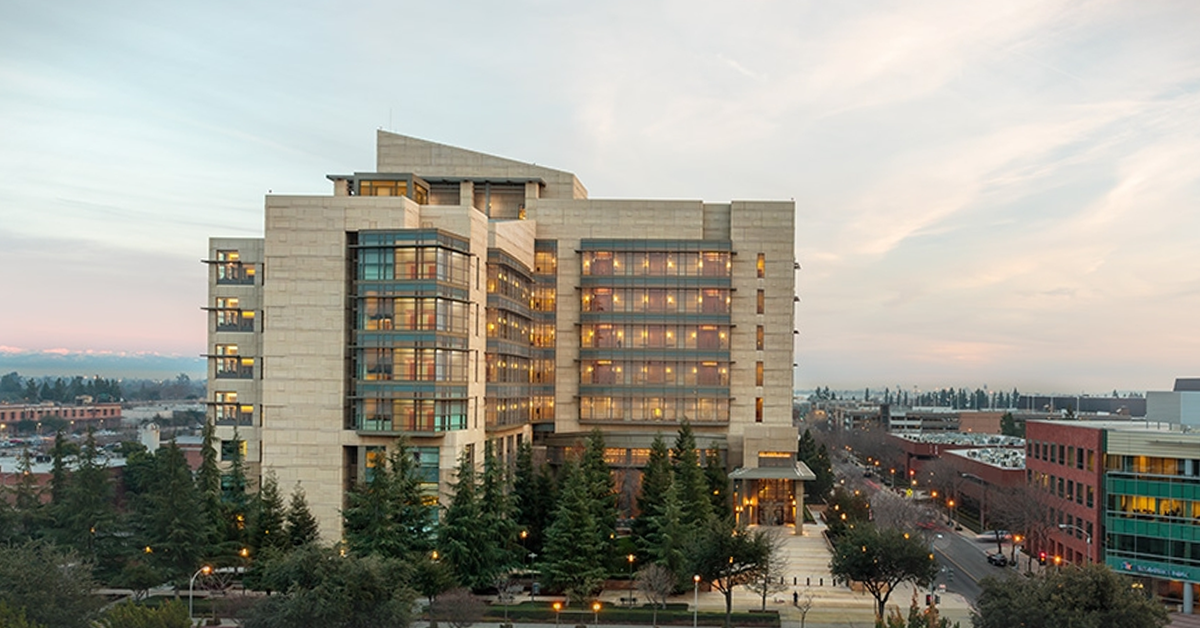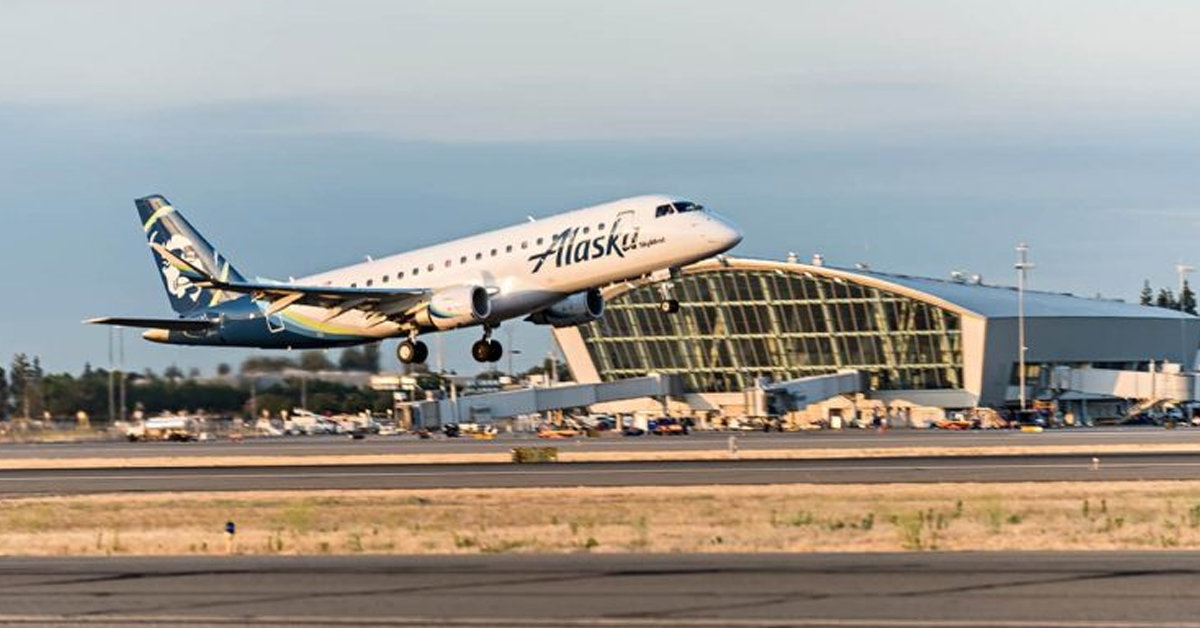With Fresno’s 30-year parks tax, Measure P, beginning to fill the city’s coffers, the Fresno City Council is slated to hold an early discussion on Thursday to determine which neighborhoods have the highest-need for funding.
The three-eighths-cent sales tax was first collected July and is intended for improving and maintaining clean and safe parks, creating new parks and creating new senior and youth recreation facilities, among other uses.
City administration estimates that Measure P will bring in $38 million per year for such projects.
Of that total, 46 percent of the funds will go toward existing parks, 21.5 percent to new parks, 12 percent toward arts and culture expansion, 11.25 percent to trails and 8.5 percent to youth and senior centers.
The city’s Parks Department will present its findings to the council regarding the highest-needs neighborhoods on Thursday.
Per the presentation, the city is required to approve a definition for identifying the highest-needs neighborhoods, which will have to be updated every three years as stipulated by city code.
The city is exploring the following data to determine where the highest-needs neighborhoods are:
- Existing conditions of parks and facilities
- Proportion of the population that lives within ½ mile to a park
- Park acreage per 1,000 residents
- Population density
- Neighborhood youth and senior population
- Neighborhood safety
- Neighborhoods of concentrated poverty
- Pollution burden
- Preterm birth rates
- Years of potential life lost
- Neighborhood composite mortality rate
The council will determine how much each of those factors should be weighed to help define the highest-needs neighborhoods.
Polling from parks department and community members – as conducted by the city – revealed that park conditions, park distribution, youth and senior population, poverty, pollution and years of life lost were the top scoring results for factors that should be weighed highest.
Those results would mostly concentrate the high-needs neighborhoods in south Fresno around downtown, southeast Fresno, southwest Fresno and west Fresno along Highway 99.
The Parks Commission also voted on the percentage of census tracts that should be considered highest-needs.
The top 25 percent highest-need neighborhoods took first place in the commission’s votes, which would center the funding on the neighborhoods that were also targeted by the polling from the parks department and community members.
If the council decided to move ahead with the top 50 percent highest-needs neighborhoods, neighborhoods throughout all of south west, much of west Fresno and parts of north Fresno near Highway 41 and Herndon Ave. would be targeted for funding.






